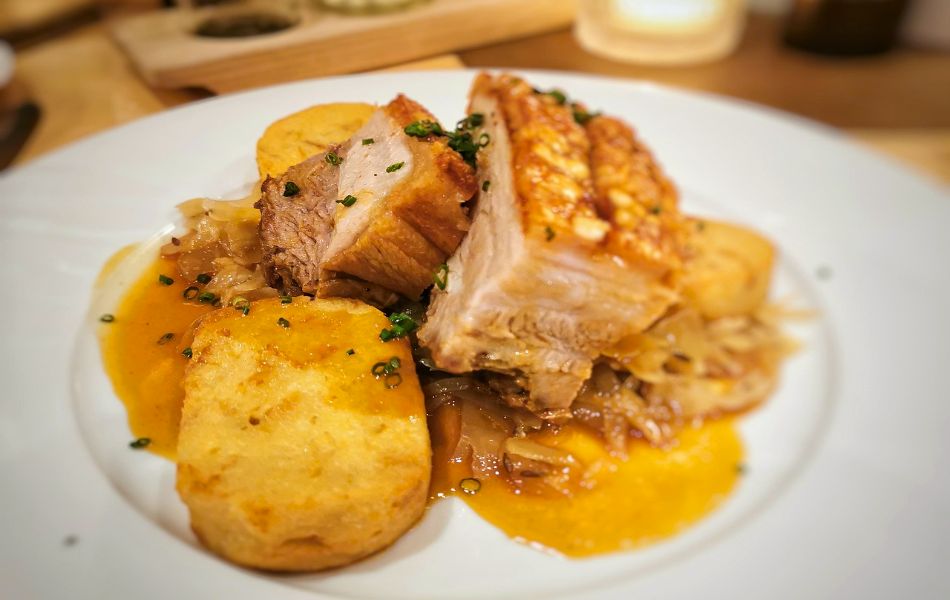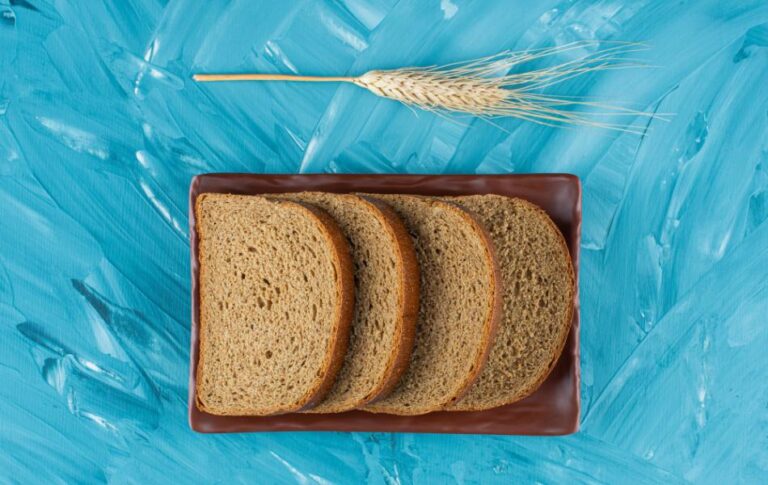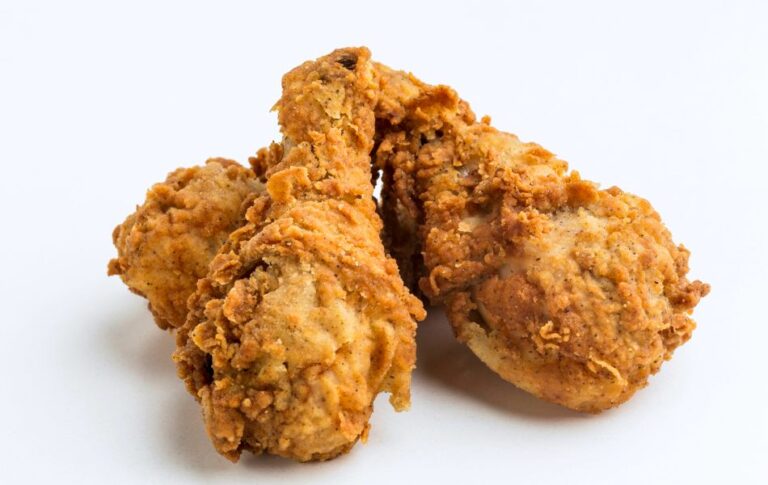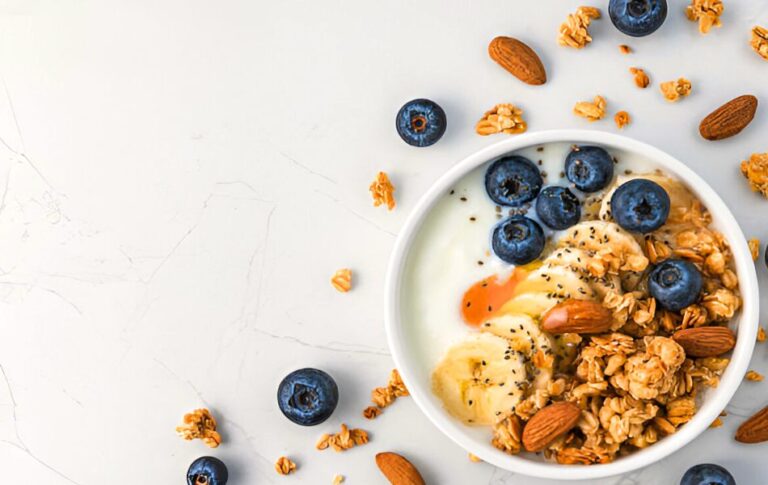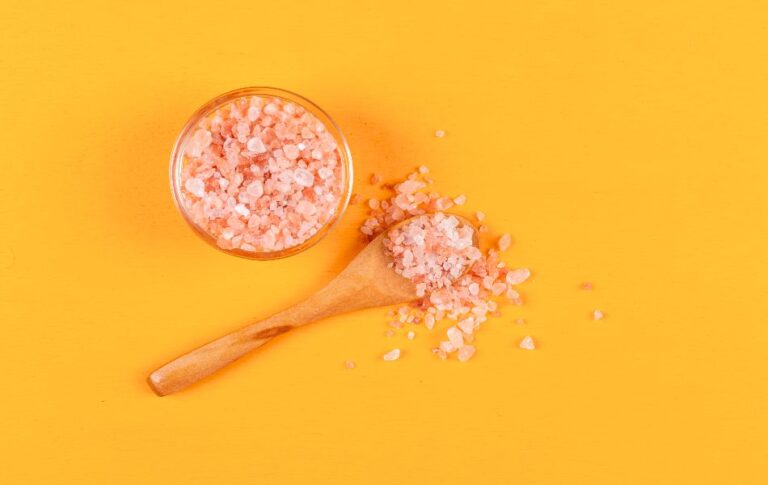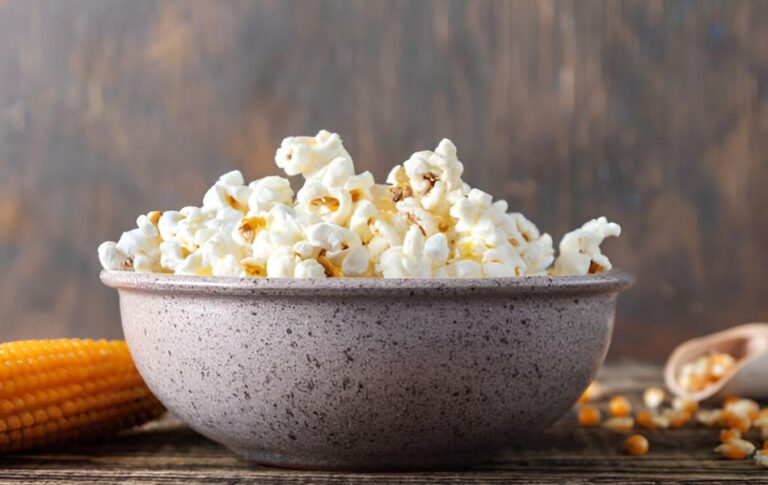Is Pork Healthy? A Guide to This Tasty Meat
Let’s talk about pork. You might think of a juicy, seared pork chop or smoky, slow-cooked pulled pork. The aroma alone can make your mouth water. But a question often comes up when we plan our meals: Is pork healthy? I am here to share what I have learned from years of cooking in my own kitchen.
The answer depends on the cut you choose and how you cook it. Pork is much more than the old myths suggest. When prepared correctly, it can be a lean, flavorful, and nutrient-rich part of your meals. I will show you how to choose it, cook it, and serve it with confidence.
The Nutritional Side of Pork
Pork often gets a mixed reputation. Some see it as a fatty indulgence, while others know its nutritional benefits. Let’s break down what you get when you add pork to your plate. It’s packed with good things that help your body thrive.
1. A Fantastic Source of Protein
First, pork is filled with high-quality protein. Protein is vital for maintaining and repairing the tissues in your body. It helps promote muscle development and helps you stay full and satisfied. One serving of pork can supply a significant portion of your daily protein requirement.
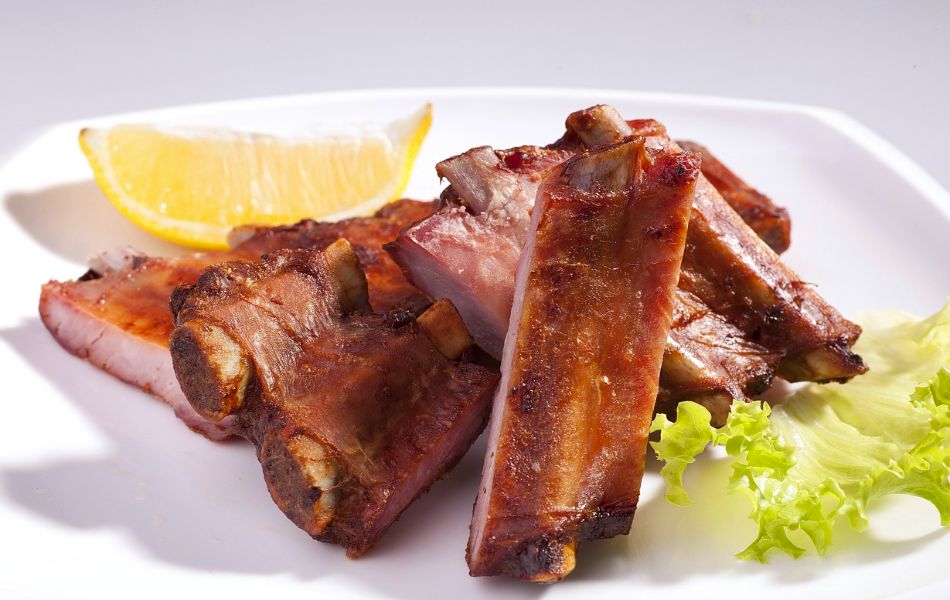
Having all essential amino acids makes pork a highly effective option for nourishing your body. Your body cannot make these on its own, so you must get them from food. Having all essential amino acids makes pork a highly effective option for nourishing your body.
2. Rich in Vitamins and Minerals
Pork is more than just protein. It is also a source of important vitamins and minerals.
- B Vitamins: Pork is loaded with B vitamins, especially thiamin (B1). These vitamins assist your body in converting food into usable energy. They also support proper nerve and muscle function.
- Selenium: This powerful antioxidant helps protect your cells from damage. It also supports thyroid health and a strong immune system.
- Zinc: Important for immunity, wound healing, and cell growth, zinc is another mineral found in abundance in pork.
- Iron: This mineral helps carry oxygen in your blood. Pork provides a helpful dose to keep your energy levels up.
Choosing the Healthiest Pork Cuts
The biggest secret to enjoying pork is selecting the right cut. Some cuts are naturally leaner, while others contain more fat. For everyday meals, focus on the lean options. They give you amazing protein without excess fat.
The Best Lean Choices
Lean cuts are your best friends in the kitchen. They cook quickly and fit perfectly into a wholesome diet.
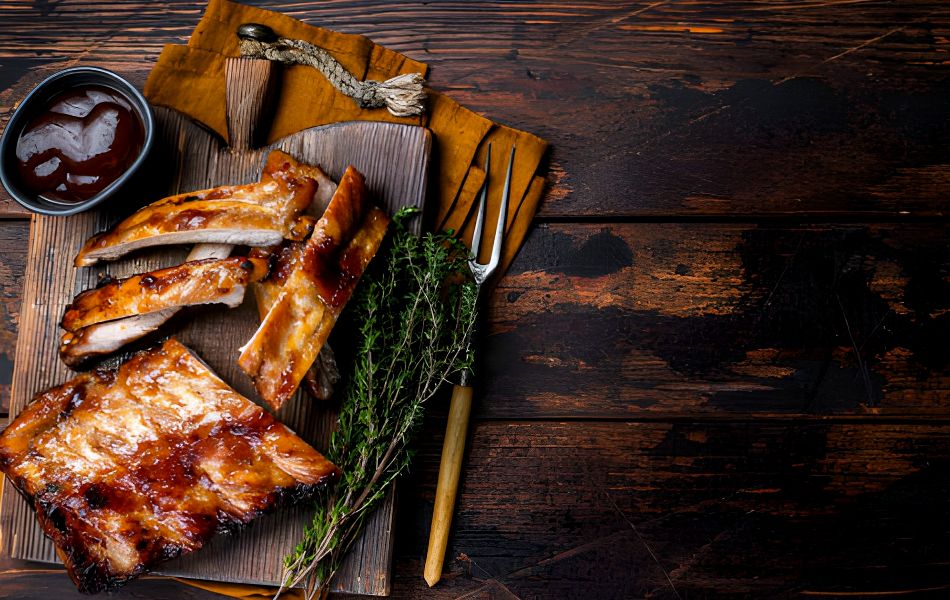
- Pork Tenderloin: This is the leanest cut. It is often as lean as a skinless chicken breast. It absorbs marinades beautifully and roasts quickly for a fuss-free weeknight dinner.
- Pork Loin Chops: These are easy to find and cook. Look for chops with minimal visible fat around the edges. One of my favorite kitchen tricks is to trim visible fat before cooking. You can easily slice it off with a sharp knife.
- Sirloin Roast: This is another excellent lean option. It is great for slicing or pulling apart after slow roasting. It stays moist and flavorful.
Richer Cuts for Special Occasions
Sometimes you crave a deep, comforting flavor. Cuts like pork shoulder or pork belly are richer and contain more marbling. I reserve these for special occasions or weekend projects. Their fat content creates incredible flavor and tenderness when cooked slowly. Balance these cuts with lots of fresh vegetables.
Also, think about fresh pork versus processed pork. Processed meats like bacon, sausage, and ham often contain high levels of sodium and nitrates. When you ask, “Is pork healthy?” the answer leans more toward yes when you stick with fresh, unprocessed cuts. Save the bacon for a weekend treat.
Healthy Cooking Methods for Pork
How you cook your pork matters just as much as the cut you select. Some cooking methods add extra fat, while others preserve the meat’s lean quality. You can create delicious meals without adding unnecessary calories.
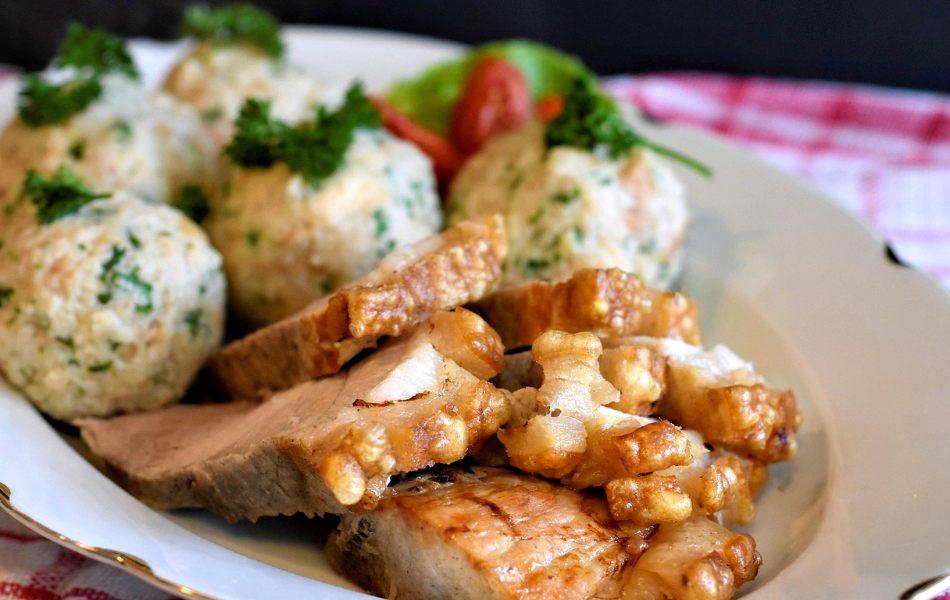
My Go-To Cooking Techniques
- Grilling: Grilling is fantastic for pork. The excess fat drips away, and you get a beautiful, smoky char. Pork chops and tenderloin medallions are wonderful on the grill.
- Roasting: Roasting a pork loin in the oven is an easy way to cook for a family. I place the meat on a rack inside the pan. This allows hot air to circulate, giving you a crispy crust while fat drips down.
- Braising: This method involves searing the meat, then simmering it slowly in a liquid like broth or tomato sauce. It is perfect for tougher cuts, as it makes the meat incredibly tender.
- Stir-Frying: Cut lean pork into thin strips for a quick stir-fry. Combine it with a mountain of fresh vegetables for a balanced, colorful meal.
Flavor Secrets for Amazing Pork
Healthy cooking does not mean boring food. Here are some of my favorite ways to add bold flavor without relying on fat or salt.
A simple dry brine works wonders. Rub your pork cut generously with salt and let it rest for at least 30 minutes in the fridge. The salt makes the meat incredibly tender and seasoned. Marinades with a little vinegar or citrus juice also tenderize the muscle fibers.
I always add a pinch of smoked paprika. It gives the pork a rich, warm, and comforting depth. This simple spice elevates any pork dish.
Cooking Pork to the Right Temperature
Using a meat thermometer is the best way to get juicy, tender pork every time. It takes all the guesswork out of cooking. I used to overcook pork until it was tough and dry. Then I learned the magic number.
For cuts like chops, tenderloin, and roasts, the recommended internal temperature is 145°F, followed by a three-minute rest. The meat will be safe, juicy, and slightly pink inside. Do not be afraid of the blush. Trust your thermometer.
For slow-cooked cuts like pork shoulder, you want a higher temperature of 195°F to 205°F. This high heat melts the connective tissue. It makes the pork tender enough to shred with a fork.
See Also – Is Barbecue Food Healthy? A Flavor-First Guide to Smart Grilling
Final Thoughts on Your Wholesome Plate
So, let’s circle back to our main question. When you choose lean cuts and prepare them with smart cooking methods, pork can be a nutritious part of a balanced diet. It offers high-quality protein and essential vitamins that support your health.
Do not let old rumors keep this flavorful protein off your table. Go to your butcher, pick up a lean tenderloin, and try a new recipe. Your family will love the bold, comforting flavors. You will feel good about the nourishing food you put on your table.

